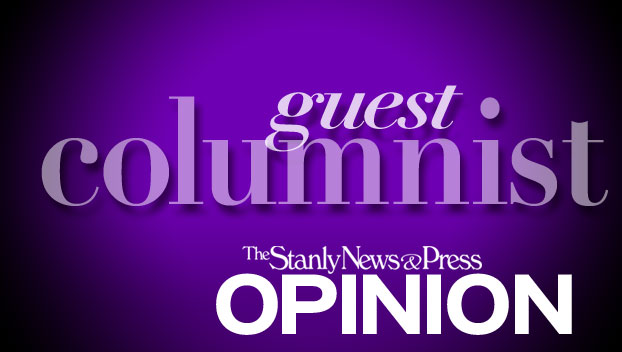
Opinion
MIKE WALDEN COLUMN: How can we cope with higher gas prices?
Gas prices are on the rise. As I am writing this column, the average national price just jumped ... Read more

Gas prices are on the rise. As I am writing this column, the average national price just jumped ... Read more

According to polls, inflation is the number one issue in the country. This is understandable. The most recent ... Read more

As the country recovers from the COVID-19 recession, numerous questions are being raised about the future course of ... Read more

Recessions are part of the economic cycle. Each economic cycle contains a period of growth – called an ... Read more

The term “economic divide” is commonly used today. It can refer to several aspects in our economy, such ... Read more

Although all the final numbers aren’t in, it appears North Carolina experienced a very good economy in 2021. ... Read more

With the holiday season upon us, it is appropriate that pie is on my mind. Incidentally, my favorite ... Read more

Who doesn’t like to be paid more? Maybe there are a few workers who are indifferent to their ... Read more

One of the surprises of the current economy is the labor shortage. Even though the unemployment rate is ... Read more

Trillions of dollars were added to the national debt during the COVID-19 pandemic as the federal government poured ... Read more